This reflection is by Maisie (they/them) current Internacionalista.
I’ve been in Guatemala for more than 8 months now. Since the last time I wrote y’all, my reflections have increased tenfold. Being here feels like looking at the ocean; at first the water’s surface is just a single large expanse, but after time, your eye starts catching on all of the waves – thousands and thousands of them always morphing, moving, and repeating. There are more waves than you can fathom.
I want to share with you a particular reflection I’ve been gnawing on lately. I have to say, these thoughts feel almost too painful to introduce to conversation. Nonetheless, these thoughts have changed me, and because I believe I am on this earth to change towards collective good, it is important to me to share with you.
A REFLECTION ON TWO FIRES:
This past March, 40 people died when a fire broke out in a migrant detention center in Ciudad Juárez, Mexico. The victims had not been detained at a border nor for any explicit crime, but rather had been rounded up due to U.S. asylum policy that forces Mexico to increase migration control on its side of the border. Even some of those detained had legal status in Mexico. I was struck by this story for two reasons besides its blatant horror. For one, most of the people who died were Guatemalan. And, secondly, because of this event’s bitter parallels to another deadly fire in Guatemala in 2017.
In both incidents, the fires were set intentionally by those incarcerated. In Ciudad Juárez, the people inside had just learned that they were to be deported. In order to sympathize with just a sliver of the despair these men likely felt, you must remember that these people had sold their life’s biggest assets for the money to travel, had undergone sleepless and terrifying conditions to get that far, and had the weight of their family’s survival heavy on their shoulders. They migrated because there was no other choice. In setting a mattress on fire, these people were filing into a historical legacy of prison protest. From Indonesia to Venezuela, from Turkey to Australia, people have used mattress fires as a desperate and powerful tactic to insist on their humanity behind bars. Which brings me to the second story.
In 2017, 41 young girls died in a state-run orphanage, ironically named a “Safe House” (Hogar Seguro). The facility, which was built for 400 people, was home to 600 girls who were taken from their families due to financial inability to provide for their basic needs. (Not unlike how the foster system in the U.S. takes children away from poor families for being poor and pays other parents to care for them.) For years, the girls had been protesting the living conditions at Safe House, where reports say inhabitants were subject to regular physical and psychological violence as well as decomposing food and a lack of bathrooms. On March 8th, 2017 — international women’s day — the girls set a mattress on fire as a desperate but resolute insistence on their right to live with dignity. And just like in Ciudad Juárez, the guards allowed them to burn behind a locked door.
The guards of Safe House waited to respond for 9 minutes while the girls screamed and banged on the door. The length of 9 minutes is of course a historically lethal amount of time, as the world witnessed again with the murder of George Floyd in 2020.
When I first learned of this event, my heart turned into a choking lump I didn’t know what to do with. I sat with this pain for a while. But these stories, like all stories, have something to teach us. And, so, let’s slow down. Let’s pause over the moment that mattered: the moment of ignition. I wonder: had the decision made by the people in the cell been impulsive, or had it been debated long and hard? Had they cheered when the flame started? Did the smoke first smell like freedom? Had they felt freer for a moment?
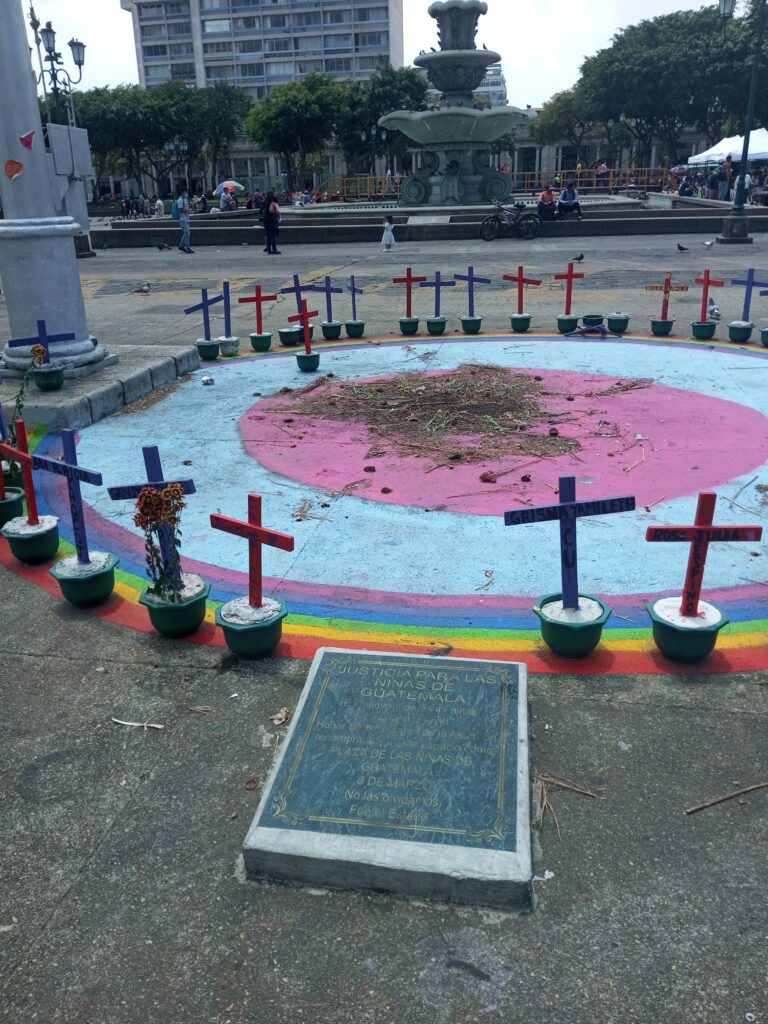
Image description: A photograph of the permanent memorial for the 41 girls who died in the Safe House fire in 2017. Image shows a circle of purple and red crosses along with a marble plaque in Guatemala City’s central plaza. Inside the circle are the reminiscences of past Mayan ceremonies.Credit: photos by NISGUA acompanier
I do not believe the guards in Mexico nor the guards in Guatemala explicitly wanted to see the people inside burn. I believe that for them, seeing them burn was the easier choice. Because the alternative would be to allow their freedom. Further, I do not believe the guards are exceptionally evil people. I believe there is something in their reaction that is societally supported and thus found in you and me.
I’m suggesting the guards left the doors locked because it was an easier order to follow. While the process of burning to death has a finite beginning and end, the process of showing that someone deserves freedom is endless. Filing incident reports and reading an obituary is something we know how to do, but looking into someone’s eyes between iron bars of societally created inferiority and demanding that the bars be broken – that is something we do not know how to do. In both cases, it was not the first time the conditions of incarceration had been protested. If the guards had simply transferred the people to a new captivity, the existent criticism and pressure against incarceration would have continued. Closing the doors was a choice between two problems: the problem of tragedy and the problem of freedom. This is where I believe the guards are not alone – I believe a lot of us, as a society, choose the difficulty of tragedy over the difficulties of freedom.
When was the last time you encountered someone in an intense state of fighting for their freedom? The intense states I’m thinking about often receive public judgment, such as a protest, a “mental” breakdown, an uncomfortably loud argument or a shocking work of art. But these moments of unbridled words, tears, song, laughter, or sweat are moments when people use everything at their disposal to insist on a way of being that isn’t seen through society’s eyes. As such, these moments can be uncomfortable to witness. Have you ever driven by a protest and pretended it’s not there? Have you ever seen someone crying and wanted to walk away? Have you ever distanced yourself from someone, say, speaking their mind on the subway – like Jordan Neely, a Black man who was choked to death by a white ex-marine on May 1st for publicly complaining about the conditions of homelessness while other passengers watched.
These patterns of shirking away have become more automated than we realize. And in turn, we are under-developing knowing how to move closer to processes of breaking free. All of this has left me asking myself, and you all, are you so sure you wouldn’t also close the door? Have you, figuratively, “closed the door” on other people instead of giving them your attention and risking how you know how to move around your world?
I am not accusing anyone of being evil. Rather, I am inviting myself – and all of y’all – to, one, consider how even extreme acts of violence are built from mundane acts of apathy and cowardice that are pervasive in how we treat one another, and two, I am inviting a messier, more challenging understanding of freedom. Are we practicing witnessing freedom enough so that even when it is so desperately demanded that all respectability is thrown to the wind, we will stay human enough to act?

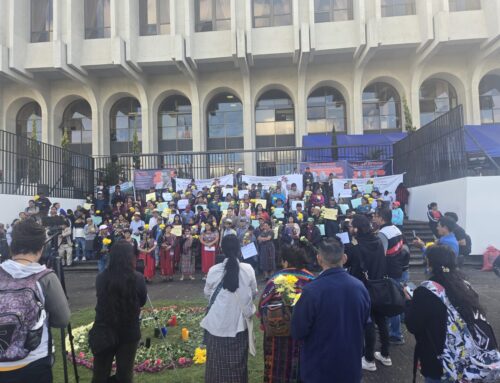
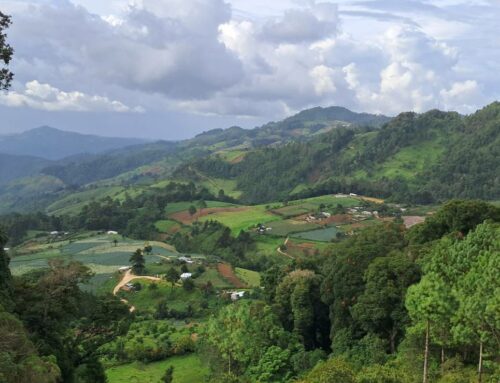
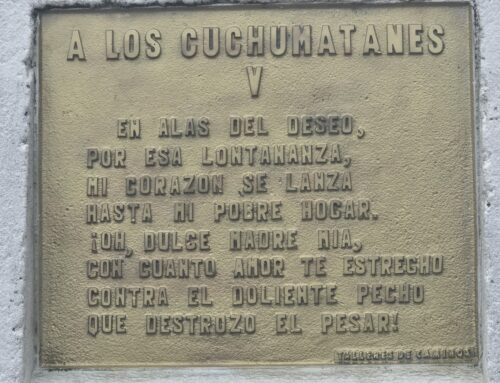
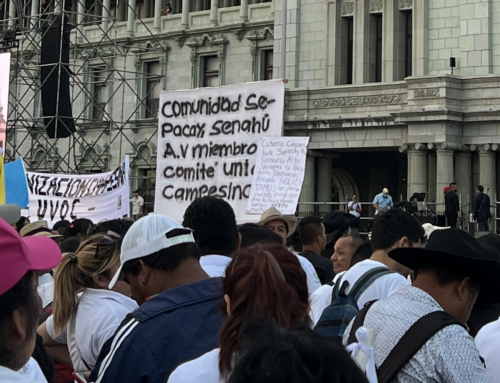
Leave A Comment